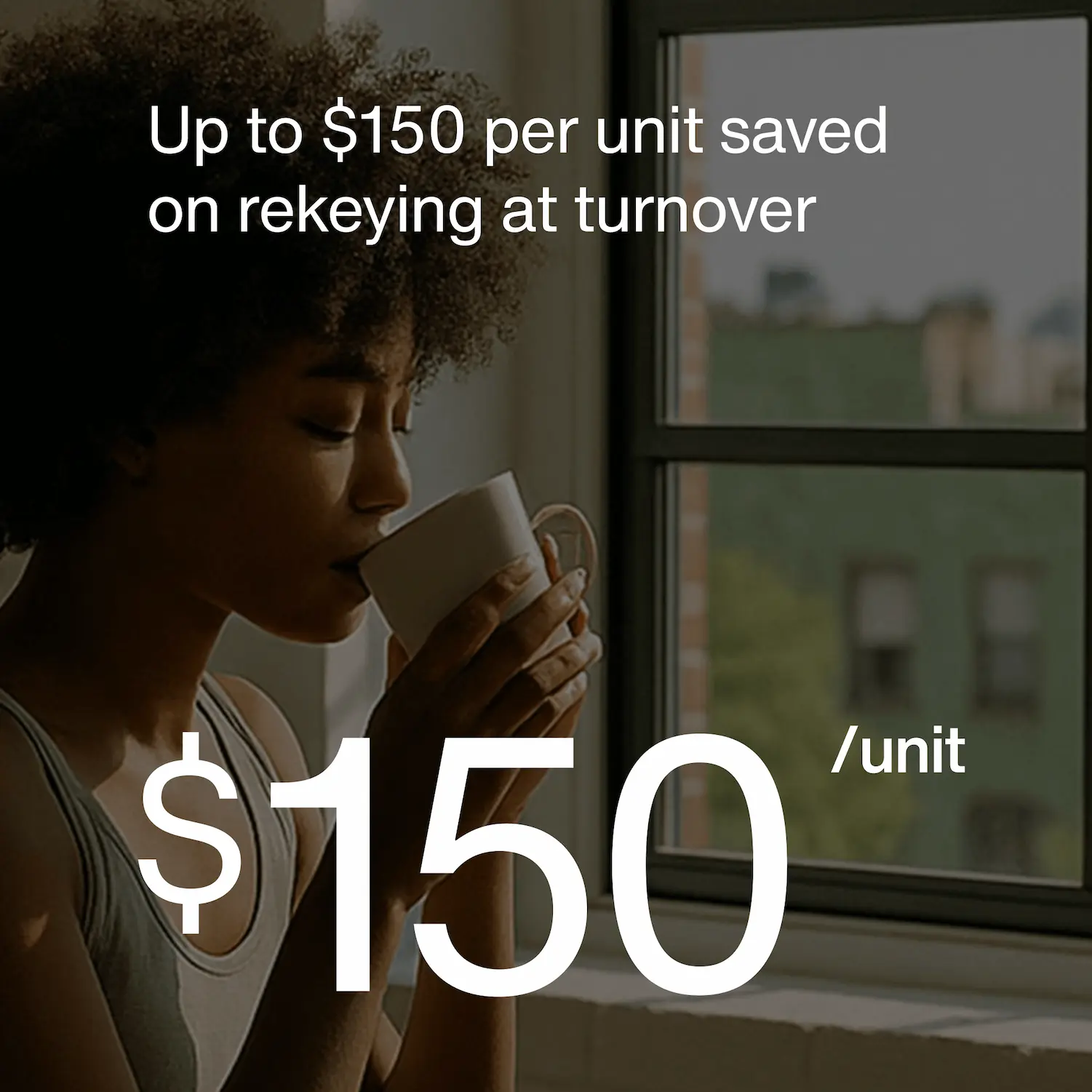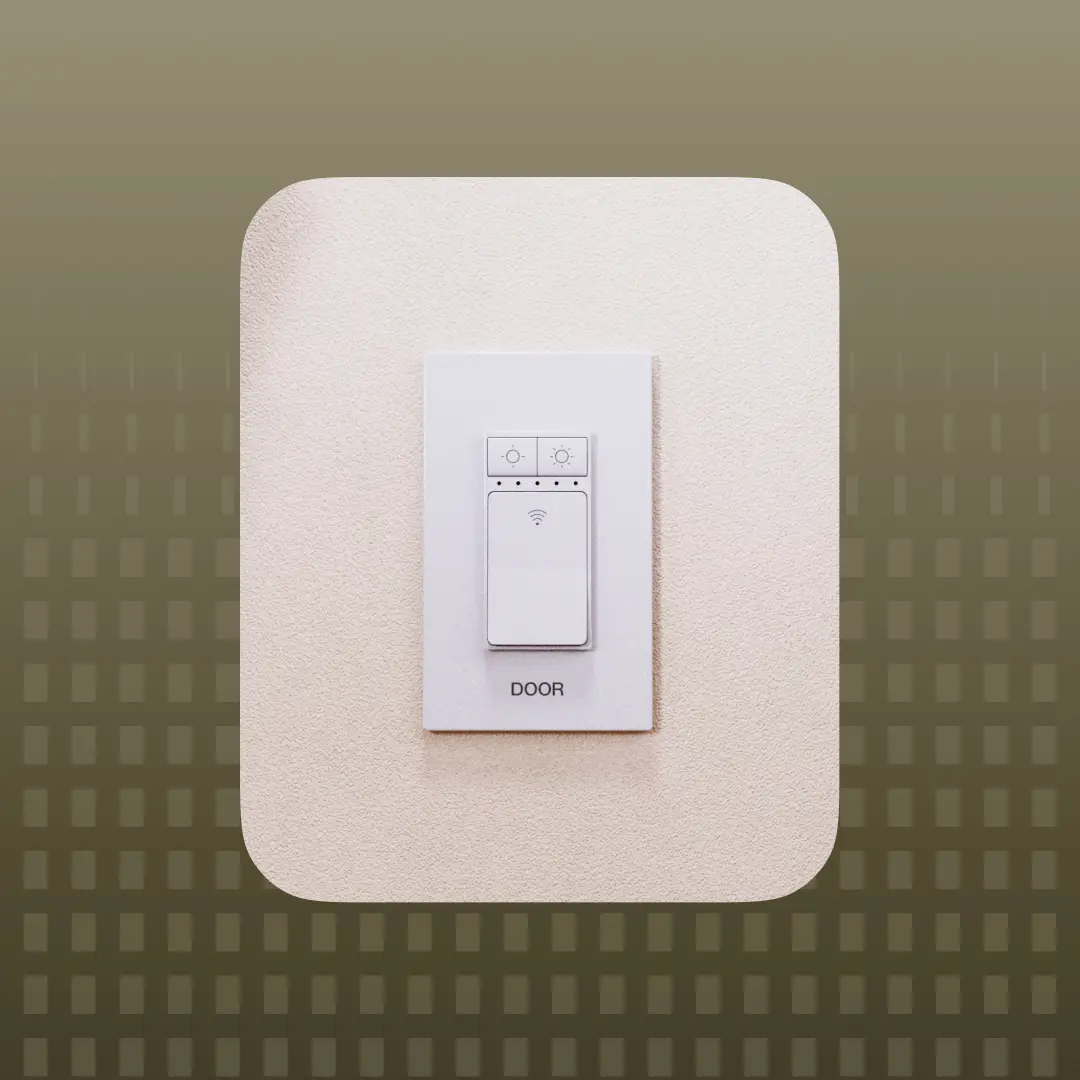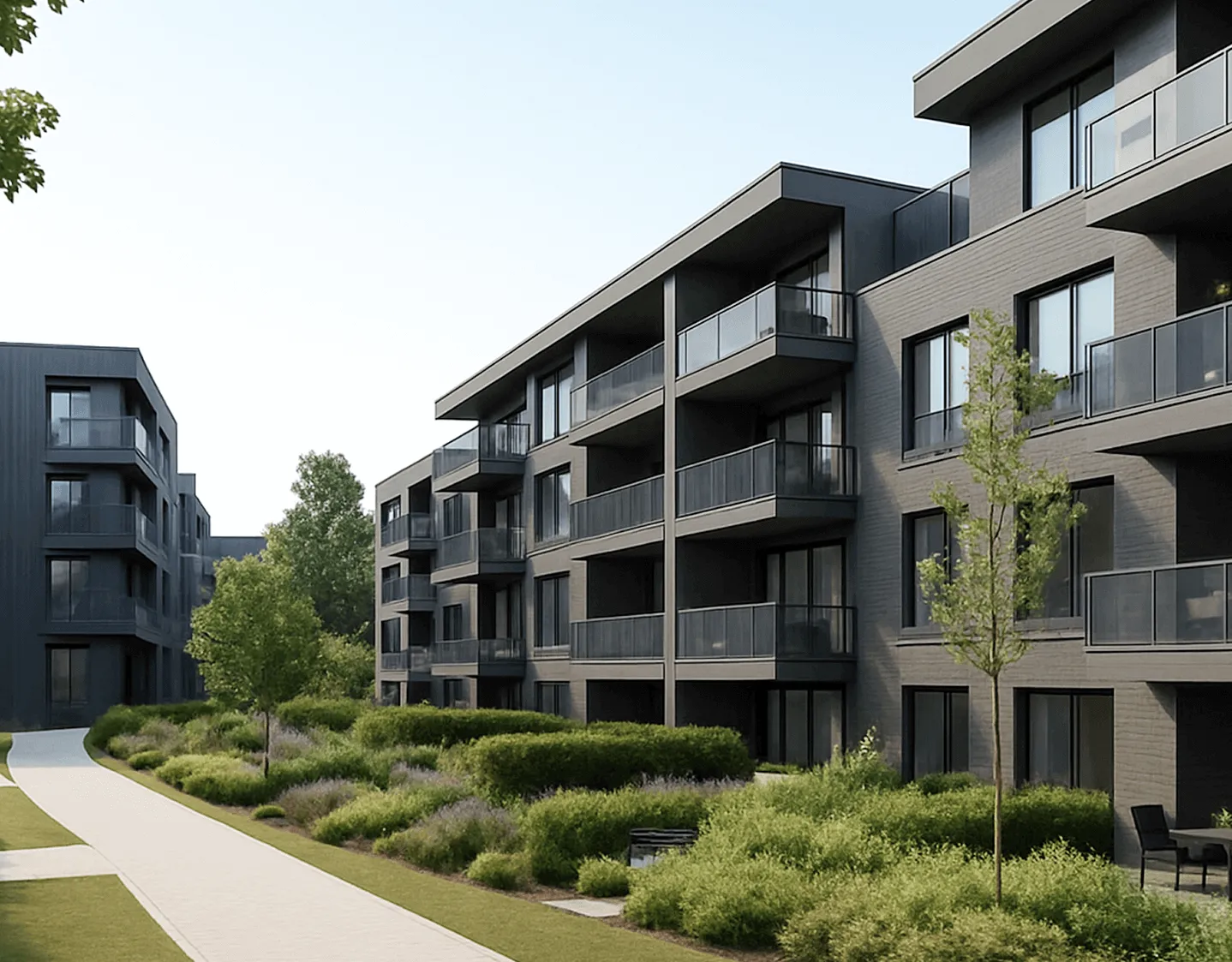Why IoT Matters Now
The term IoT for apartments is appearing more frequently in industry conversations, yet many property owners and operators still ask what it really means. IoT, or the Internet of Things, refers to everyday smart devices that are connected to the internet and can communicate with each other. In the apartment context, this includes smart locks, smart thermostats, smart lighting systems, IoT sensors, and other connected technologies that share data through a central management platform.
These devices are more than convenient gadgets. They form the foundation of a modern operational strategy that can increase resident experience, reduce operating costs, and strengthen building systems over time.
What Is an IoT Apartment
IoT apartments, sometimes called smart apartments or IoT-integrated apartments, are units equipped with IoT devices that connect to a central platform. Common examples include smart locks, smart thermostats, video intercom systems, water leak detectors, and other smart home technologies. The goal is not novelty. It is to create connected systems that feed reliable information into a platform that property teams can act on.
Multifamily and student housing communities add layers of complexity that single family homes do not face. Hundreds of doors, multiple shared spaces, and varied building access levels must work together seamlessly. This is where IoT property software becomes essential. A cloud-based, centralized operations platform brings devices, access rights and visitor logs, and workflows into one place, giving teams a single operational layer to manage the entire property.

How IoT Property Management Actually Works
A unified platform allows property teams to manage access control systems, vacant unit energy management, maintenance, and community spaces through consistent rules and automation.
Teams can issue, revoke, and schedule digital keys across units and shared spaces, then track access logs for residents, staff, and vendors in real time. Predictive maintenance alerts help address issues before they escalate. Integrations with property management software and work order systems remove duplicate data entry.
This structure reduces manual work, lowers rekeying costs, speeds up issue resolution, and establishes consistent operational standards across an entire multifamily inventory.
The Device Ecosystem Inside Apartment IoT
An effective IoT apartment blends resident-facing features with operational infrastructure.
- Smart locks enable keyless entry through phones, door codes, RFID cards, numeric keypads, Apple Watch, or NFC credentials.
- Smart thermostats support intelligent climate control that reduces energy waste while maintaining comfort.
- Smart lighting systems reduce utility costs in shared areas and vacant units.
- Water leak sensors help prevent damage and reduce insurance exposure.
- Video intercom systems and instant visitor credentials streamline access for guests and service providers.
Each device generates data that is fed into a central controller, which then turns that information into clear, actionable insights for property managers.
.webp)
Benefits for Residents
Residents don’t focus on platforms. They experience outcomes.
When IoT property management is well designed, access becomes seamless through keyless entry systems, phones, or digital keys. Residents enjoy greater comfort and control through connected thermostats and smart lighting. Personal access logs give them visibility into who enters their spaces and when, making it easier to manage guests and roommates.
Student Housing Spotlight
Digital native students expect their phones to unlock their world. In student housing, IoT apartments reduce lockouts, simplify move-ins and move-outs, and remove administrative friction for both residents and staff. The most resilient deployments pair offline smart locks at unit doors with networked building access at amenities. This setup maintains real time control where it matters while ensuring reliability during connectivity disruptions.
Benefits for Owners and Managers
For property owners and operators, IoT property management is not a gadget line item. It is a strategic lever for NOI growth and portfolio consistency.
Automation and remote management improve efficiency, while smart apartment amenities help increase satisfaction and reduce churn. A standardized IoT property software layer scales easily across markets and management companies. Compliance strengthens through clear policies, documented workflows, and security controls. Energy monitoring and water leak detection support cost savings and sustainability goals.
Scenario: Cutting Lockouts and Maintenance Calls
Consider a 400 unit property that handles dozens of lockouts each month. By replacing mechanical locks with digital door locks and access automation policies, most after-hours lockout calls can be eliminated. Staff can restore access from a central management platform in seconds, saving hours of labor that add up over the year. At an average cost of $150 per door, rekeying costs savings add up quickly, helping to improve NOI and supporting a positive resident experience.

Beyond Locks: The Full IoT Property Stack
Smart locks often dominate the conversation, but a complete IoT property strategy involves multiple layers working together.
The unit layer includes smart thermostats, smart locks, leak detection sensors, and smart lighting systems. The perimeter and amenity layer covers building entries, elevators, gyms, coworking spaces, package rooms, and other shared spaces. The network and identity layer manages mobile credentials and role-based access. Finally, the platform layer orchestrates devices, enforces rules, and integrates with property management systems.
When these layers function as one cohesive system, buildings become easier to manage, more efficient to operate, and better equipped to scale.
Are IoT Apartments Safe
Search trends show that this is one of the most common questions from both residents and property teams. Safety and security are central concerns whenever new technology enters the industry. Properly designed IoT property systems are significantly safer than mechanical status quo, which relies on physical keys that can be copied, lost, or used without accountability.
Strong identity management links every credential to a verified person, giving property teams full visibility into who has access to shared spaces. Offline smart locks maintain functionality even when network connectivity is interrupted. Comprehensive audit trails create a clear history that improves accountability and speeds up investigations if issues occur.
Equally important is the privacy by design approach built into leading IoT property management platforms. Unlike consumer-grade smart devices, enterprise solutions enforce strict data retention policies, encryption standards, and access controls that prevent misuse. This technology is central to secure, privacy-first building access.
Why DOOR
DOOR’s vision extends beyond smart locks. Our smart home products are a core part of how we enable smarter, more efficient multifamily operations. By combining robust hardware and platform intelligence, we create a unified system that delivers both resident experience and operational impact.
Our smart thermostat is a standout example. It connects seamlessly to the DOOR Hub and is managed centrally through DOOR OS, allowing teams to control HVAC systems across vacant units and shared spaces from a single dashboard. In vacant units, the thermostat can automatically shift to energy-saving mode, helping reduce waste and cut utility spend.
Beyond thermostats, DOOR’s smart home lineup includes motion sensors, dimmer switches, open/close monitors, and temperature and humidity sensors. Each device feeds data into DOOR OS, contributing to the same operational layer used for access control systems. A leak sensor alert can automatically trigger a work order. Open/close monitors can verify that windows and doors are closed.
Because these devices and access control live under one platform, policies, updates, and onboarding follow a single framework, avoiding integration gaps and security risks. DOOR is building the next generation of smart building solutions, where thermostats, sensors, and access panels converge into a single system that improves operations and builds better living environments.
The Future of IoT Apartments
The next wave of IoT apartments focuses less on adding more devices and more on orchestrating existing systems intelligently. AI powered dashboards will surface anomalies and recommend actions. Predictive maintenance will become more accurate as platforms learn from portfolio patterns. The goal is to use data to remove friction from daily operations and enhance living experiences at scale.
To see how DOOR brings Smart Home Solutions together into a powerful platform for modern buildings, visit door.com/smart-home.










.webp)


